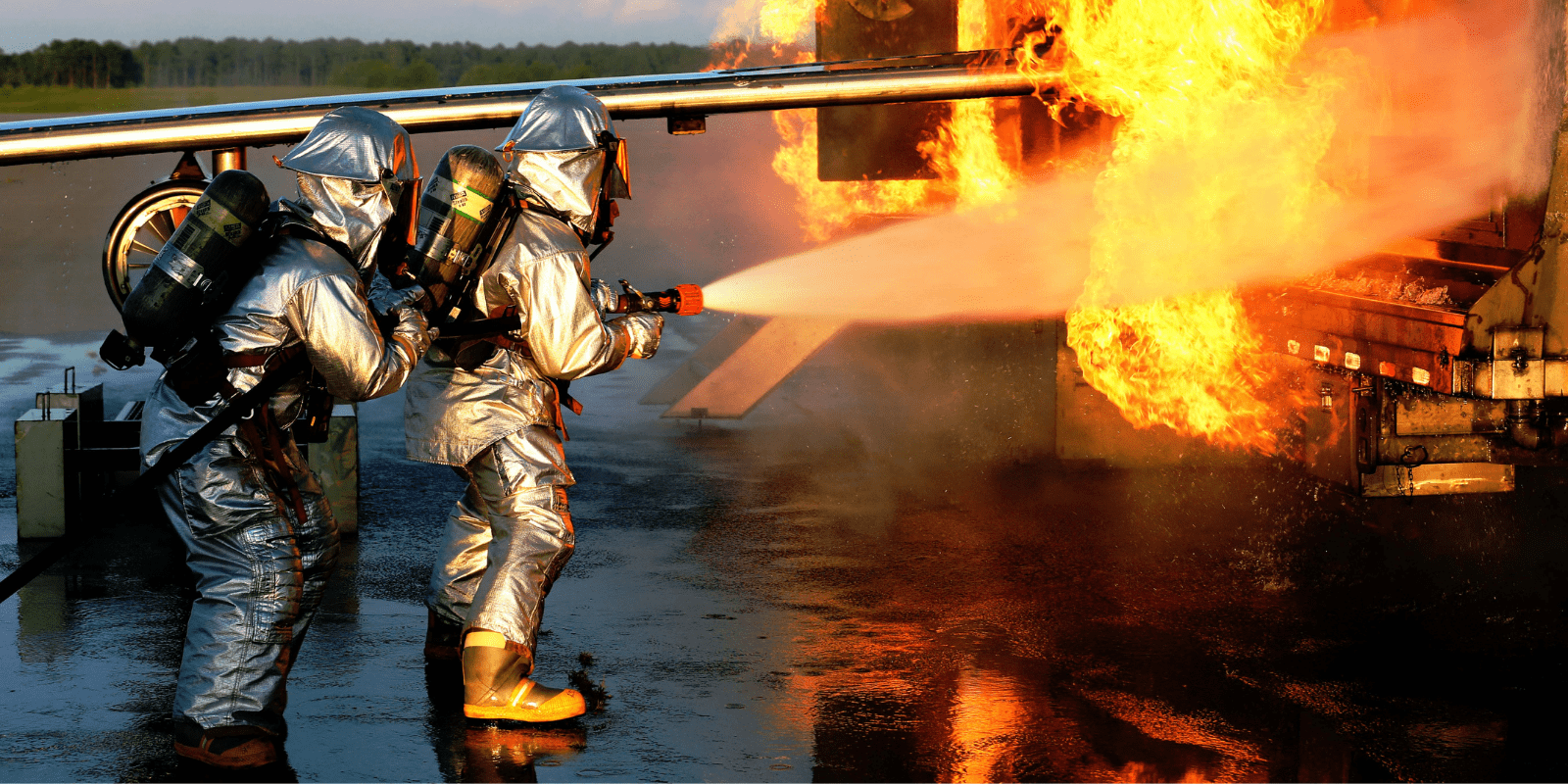We have much more to do and your continued support is needed now more than ever.
Bipartisan Defense Bill Begins to Address Toxic PFAS Chemicals
More Must be Done to Protect Public Health and Wildlife

For over fifty years, the U.S. military has used firefighting foam containing high concentrations of dangerous chemicals. The military’s heavy use of aqueous film-forming foam (“AFFF”) has resulted in widespread contamination of groundwater and surface water from these chemicals, known as per- and polyfluoroalkyl substances (“PFASs”). Over 600 military installations and surrounding communities may be affected.
The military’s past and ongoing releases of PFASs into the environment are contributing to one of the most significant environmental crises of our time. PFASs are a family of chemicals that are extraordinarily toxic and persistent in the environment. They have been linked to cancer, kidney disease, and birth and developmental disorders.
Moreover, these “forever chemicals” are prevalent in the environment because they take decades to break down, and many tend to bioaccumulate in organisms. Making matters worse, they are incredibly numerous – estimates place the number of individual compounds between 4,000 and 7,000 – and ubiquitous in both commercial and industrial settings due to their durability and resistance to water, oils, and heat.
In the Great Lakes region, elevated levels of PFASs have been found in insect-eating birds such as tree swallows and fish-eating birds such as great blue herons, as well as bald eagles, fish, and deer—leading to fish consumption advisories and, in Michigan, a Do Not Eat advisory for deer in at least one county.
National Wildlife Federation

in the Great Lakes Region”. Credit: Kurt Hummel.
PFAS provisions in the National Defense Authorization Act
Each year, Congress drafts a bill that authorizes the federal government’s national defense programs and priorities for the fiscal year. Much of what Congress has done about PFAS was done via the fiscal year (“FY”) 2020 iteration of that bill – the National Defense Authorization Act (“NDAA”).
This week, both chambers of Congress voted to pass the FY 2021 NDAA, which builds on the FY 2020 NDAA by adding a number of PFAS-related provisions. If the bill becomes law, the FY 2021 NDAA will:
- Appropriate a total of $1.4 billion for remediation and cleanup at military sites, with some of that funding going to activities related to PFAS cleanup.
- Appropriate $15 million to support an ongoing Centers for Disease Control and Prevention health assessment on PFAS in drinking water sources.
- Allow the National Guard to use defense environmental restoration program funds for PFAS cleanup.
- Require the Department of Defense (“DoD”) to notify Congress of all releases of firefighting foam containing PFOS or PFOA.
- Require the DoD to notify any agricultural operations located within one mile down gradient of a military installation or National Guard facility where perfluorooctanoic acid (“PFOA”), perfluorooctanesulfonic acid (“PFOS”), or perfluorobutanesulfonic acid (“PFBS”) have been found in groundwater and hydrologically linked to a water source, and where it is suspected or known that the DoD caused the contamination.
- Prohibit DoD from procuring nonstick cookware or utensils, upholstered furniture, carpets, and rugs that contain PFOS or PFOA, effective beginning in April 2023.
- Establish a PFAS interagency working group composed of representatives from at least nineteen agencies and require that group to develop, publish, and periodically revise a strategic plan for federal support for PFAS research and development.
- Authorize DoD to carry out a competitive prize program to recognize achievements in the development of a PFAS-free firefighting agent.
- Require DoD to award grants and carry out other activities to promote and advance the research and development of PFAS-free firefighting agents.
- Require DoD to submit a report to Congress regarding its priorities and actions it has taken concerning finding a PFAS-free alternative to AFFF, and any alternatives the Secretary has denied.
- Require the National Institute of Standards and Technology to study the contents and composition of new and used personal protective equipment used by firefighters, and to submit a report to Congress describing the study’s findings and providing recommendations for action.
The FY 2021 NDAA will help in the fight against PFAS, though Congress and the incoming Biden administration need to do more.
The FY 2021 NDAA makes significant contributions to addressing PFAS pollution from DoD sites. The bill will add more money to the cleanup budget, incentivize necessary research and technology changes, alter procurement practices, generate data and analysis on pollution and health impacts, and reform institutional governance through the creation of an interagency working group.
In some ways, the FY 2021 NDAA could have gone further but did not. For example, unlike the House bill, the final bill does not require the DoD to publicly disclose the results of PFAS testing conducted at military sites. Nor does it require the DoD to prohibit the incineration of AFFF or other materials containing PFASs until more is known about the safety and effectiveness of such techniques.
Perhaps most critically, the final bill does not include an amendment to the FY 2020 NDAA provision addressing PFAS cleanup through cooperative agreements. Section 332 of the FY 2020 NDAA authorized governors to amend state-DoD cooperative agreements to ensure that cleanup performed by the state and funded by the DOD would achieve the state’s own PFAS cleanup standards if those standards were more stringent than the federal government’s.
While section 332 from the FY 2020 NDAA was helpful, questions remain about when those cleanup standards apply and how the provision alters the cleanup process prescribed by the federal Superfund cleanup law. Representative Slotkin (MI-08) offered an amendment that would have provided more clarity, which is badly needed at the moment.
Currently, the DoD is contesting whether it must clean up PFAS pollution to state standards at multiple sites, including the former Wurtsmith Air Force Base in Michigan and the former Pease Air Force Base in New Hampshire. Because the federal government has not yet issued enforceable cleanup standards for any PFASs, an amendment to section 332 from the FY 2020 NDAA would have greatly assisted efforts to clean up contaminated DoD sites in states that have adopted or are in the process of adopting their own PFAS cleanup standards.
While more can and should be done to require the DoD to move beyond studying the problem and toward cleanup up PFASs at its sites, the FY 2021 NDAA makes positive contributions and reveals that there is still a bipartisan commitment to the issue.
The onus is now on the incoming Biden administration to step up. Starting in 2021, the USEPA should move quickly to address PFASs by establishing maximum contaminant levels in drinking water, developing effluent limitation guidelines and ambient water quality criteria through the Clean Water Act, and designating PFASs as hazardous substances under the Superfund cleanup law. Those actions by the EPA would go a long way toward holding polluters, including the DoD, responsible.





















